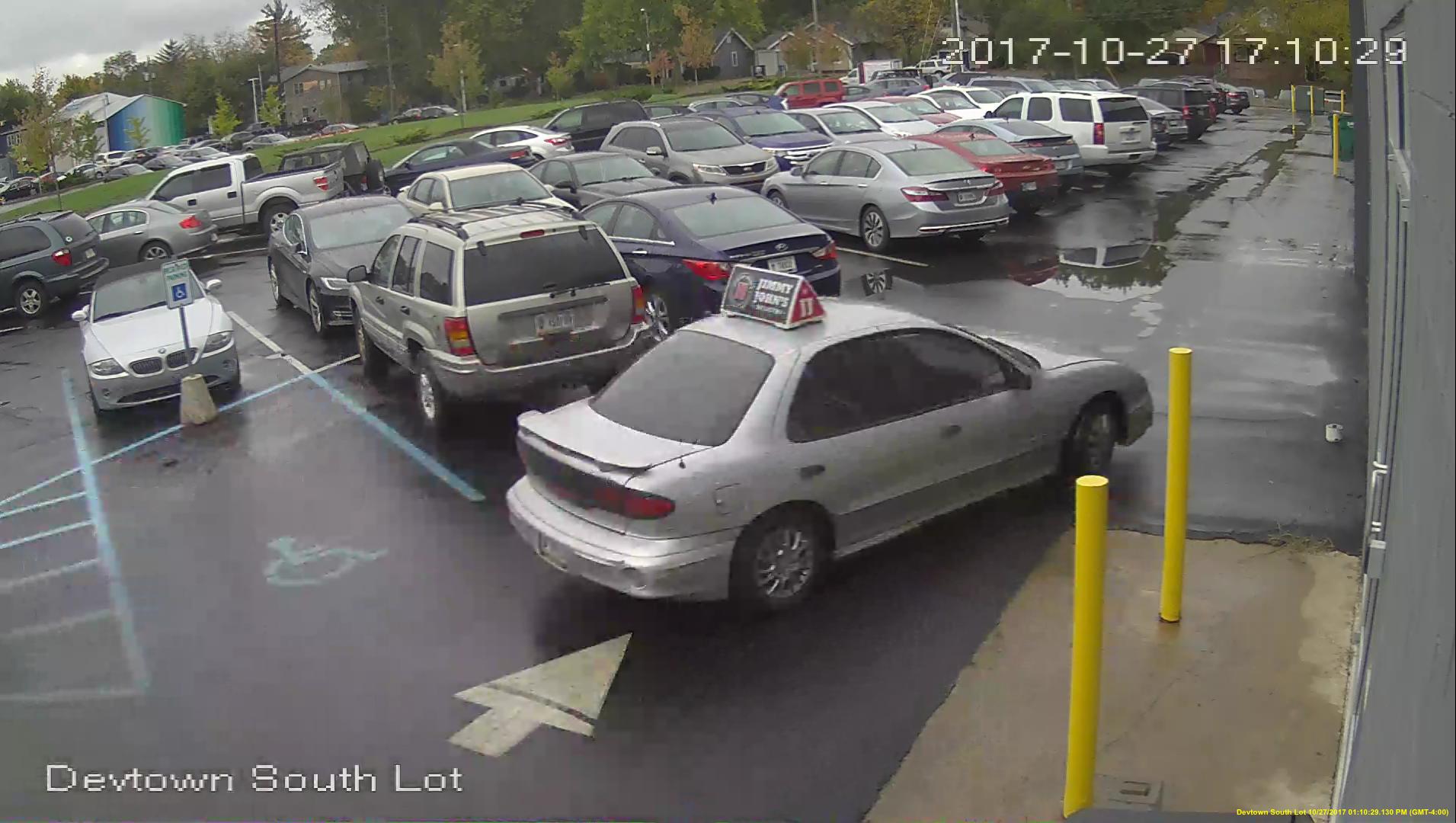Using the object_detection API of the Tensorflow machine learning framework, we train a neural network model to detect a Jimmy John's delivery vehicle on a IP surveillance camera. The model is then exported to run on a Movidius Neural Compute device to perform detections on a IP surveillance camera RTSP video stream in realtime.
- Learn the tensorflow object_detection API and training pipeline.
- Determine if there is any value in detecting custom objects in a fixed camera view.
- What is the minimum accuracy needed to make object detection valuable?
- How much training data is needed to produce desired accuracy?
- What steps are necessary to augment a pre-trained detection model with custom data?
- How does model selection affect accuracy and inference speed?
- Is it even necessary to use a pre-trained model for custom objects?
For collecting an image set and performing bounding-box annotations, any desktop system can be used. Since detection model training is compute-intensive and I did not have access to a local CUDA/GPU machine, I chose to perform training on an Amazon EC2 p3.2xlarge instance. The specific AMI I selected was the NVIDIA Volta Deep Learning AMI which is provided by Nvidia GPU Compute Cloud. This AMI is pre-configured with tensorflow at a cost of $3.305/hr.
For access to the tensorflow Nvidia NGC docker registry, I created a free account at Nvidia NGC so I could login to their docker registry and pull the latest version into the AMI. The NGC registry provides docker containers for many popular deep learning frameworks.
This is what a Jimmy Johns delivery looks like to the camera.

Tensorflow recommends this for images:
For training to work well, you should gather at least a hundred photos of each kind of object you want to recognize. The more you can gather, the better the accuracy of your trained model is likely to be. You also need to make sure that the photos are a good representation of what your application will actually encounter. For example, if you take all your photos indoors against a blank wall and your users are trying to recognize objects outdoors, you probably won't see good results when you deploy.
Images were acquired from a surveillance video recorder, during sunny and cloudy and rainy days. Annotations (labels, bounding boxes) were generated manually using the labelImg utility, which creates a PASCAL-VOC formatted XML file for each image. There are actually 3 image classes that we are interested in:
- Jimmy Johns
- FedEx truck
- UPS truck
Tensorflow supports model training data to use TFRecord format. So, we have to use the create_tf_record.py script to create these.
The script will iterate over the entire images dataset and partition 70% of the images as a training set train.record, and 30% as an evaluation set eval.record. These files contain binary jpeg images along with their object class labels
and bounding box annotations, in serialized google protobuf format.
The first model selected for object detection is ssd_inception_v2_coco from the tensorflow model zoo.
These links were helpful to understand and guide me through the experiment.